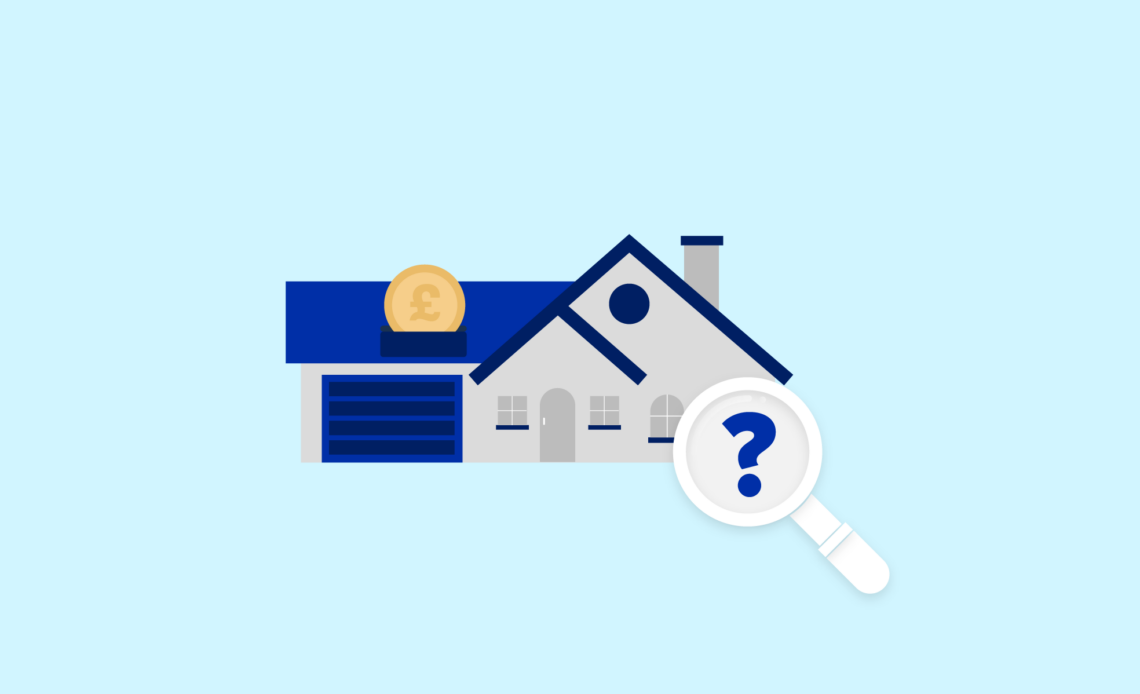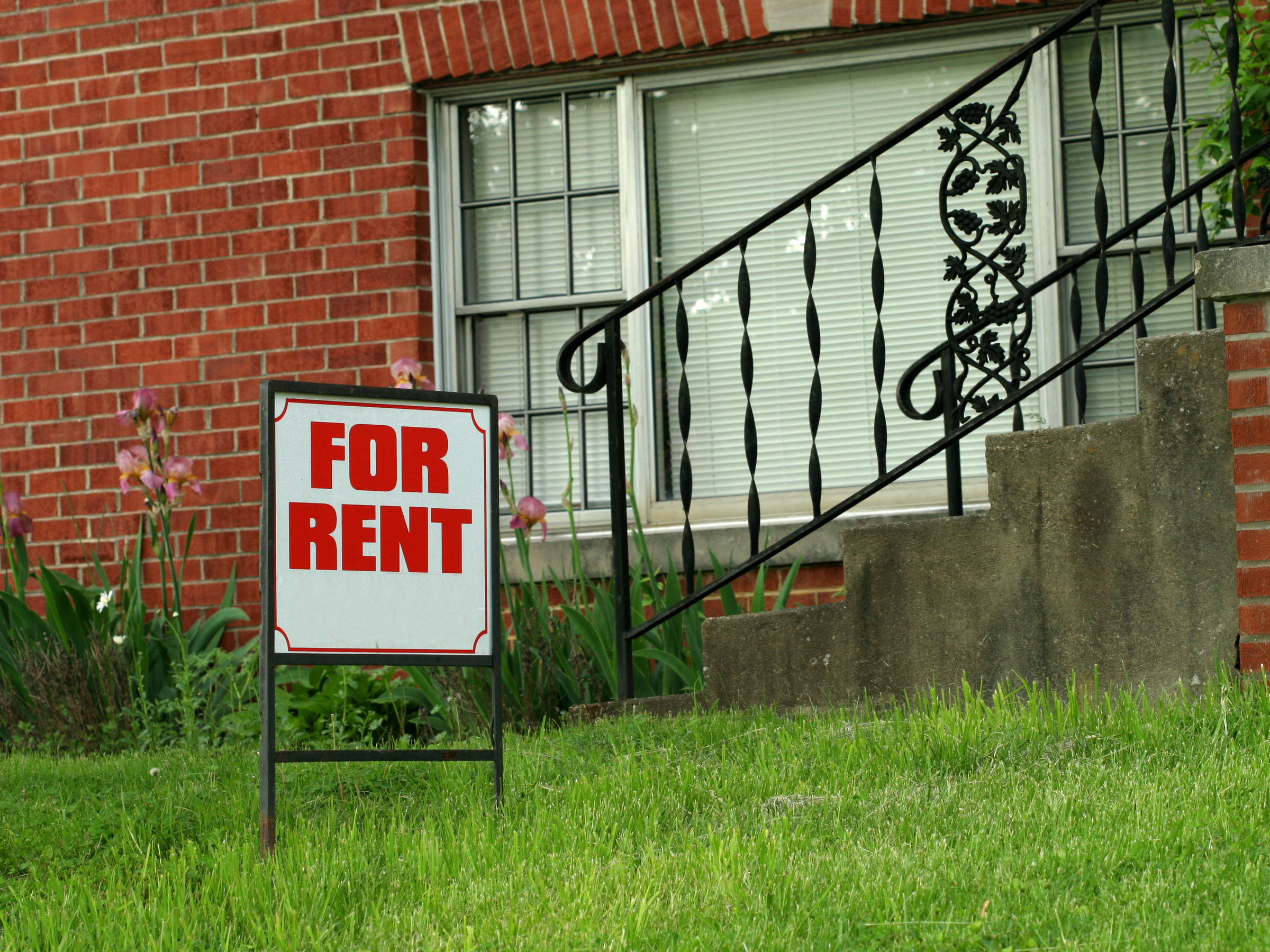Understanding the Basics of Home Financing
Buying a home is often one of the most significant financial decisions you’ll ever make. What if I told you there’s a way to snag a property that’s a little rough around the edges—and save some cash in the process? Enter the partially finished house. In this article, we will guide you through the ins and outs of getting a loan on such properties, making it as easy as pie (or at least as easy as a pie with a slightly burnt crust).
What is a Home Loan?
Simply put, a home loan is a sum of money borrowed from a financial institution, typically a bank, to purchase a home. Lenders offer you this money based on various factors, including your creditworthiness, income, and the property’s value. Essentially, they trust that you’ll pay them back—with interest, no less—over a predetermined period. Think of it as a complicated yet necessary game of trust, but with more paperwork.
Why Consider a Partially Finished House?
Partially finished houses can be a hidden gem for many homebuyers. They often come at a lower price point than fully completed homes. Plus, these properties offer the chance to customize and personalize your living space. Who wouldn’t want to pick out everything from the bathroom tiles to the kitchen countertops? It’s like being the star of your own DIY home renovation show—minus the cameras and critiquing judges.
The Different Types of Home Loans
When it comes to financing your partially finished home, you have several options at your disposal. Conventional loans, FHA loans, and even special renovation loans can help you along the way. Each has its pros and cons, and understanding these differences is vital. Think of it as choosing a weapon in a video game; pick the right one to survive various levels of homeownership.
The Appeal of Partially Finished Houses
Finding Potential: Diamonds in the Rough
Partially finished houses can look like a disaster at first, but wait—don’t run for the hills just yet! These properties often have a ton of potential. With some vision and elbow grease, you can turn a neglected space into your dream home. It’s like finding a dirty old rock and realizing it’s actually a diamond just waiting to be polished.
The Joy of Personalization: Building Your Dream Home
Imagine walking into a home that reflects your taste perfectly. Partially finished houses offer a canvas for your creativity. You get to choose layouts, styles, and finishes that resonate with you. It turns the boring task of home buying into an adventure. Now, isn’t that a thrilling thought?
The Financial Upside: Lower Purchase Price
One of the most immediate perks of buying a partially finished house is the lower purchase price compared to fully finished homes. This significant cost saving opens up new financial avenues, allowing you to invest in finishing the house without breaking the bank. Think of it as getting the house at a clearance sale—who doesn’t love a good bargain?
Assessing Your Partially Finished Home
Evaluating Structure and Safety: Don’t Skip the Home Inspection
Before you leap into a loan, make sure to get a thorough home inspection. You wouldn’t buy a car without kicking the tires, right? Evaluating the structure for safety concerns will save you a heap of trouble down the line. It might feel tedious, but it’s worth avoiding a renovation nightmare.
Understanding What’s Left to Finish: Getting Realistic
Not all partially finished houses are created equal. Some may need a coat of paint, while others may require an entirely new roof. Be realistic about what needs to be completed and whether your budget can handle those costs. Taking a hard look at the realities of the situation can keep your renovation dreams from becoming a horror story.
Budgeting for Completion: Know Your Costs
Creating a budget for the remaining work is crucial. Determine how much it will cost to finish the house and what your loan options cover. Unexpected expenses? They’re bound to happen, so plan for what you can’t foresee. It’s like budgeting for snacks on a road trip—better safe than sorry!
Choosing the Right Loan Type
Conventional Loans: The Old Faithful
Conventional loans are standard fixed-rate loans offered by banks and lenders. They usually require a higher credit score and a larger down payment than other loan types. However, for many, they can provide a straightforward path to homeownership. Conventional loans are like that reliable friend who always has your back—steady, dependable, but not always the most exciting option.
FHA 203(k) Loans: A Renovator’s Dream
The FHA 203(k) loan is specially designed for renovations. It allows you to finance both the home purchase and the cost of improvements in one mortgage. This is akin to having a magical credit card that covers everything—just remember, there are still limits, so don’t go overboard on the upgrades!
Home Equity Loans: Tapping into Existing Value
If you already own a home (lucky you), a home equity loan allows you to borrow against the value of your home to fund renovations. It’s like finding a little treasure chest in your backyard—you can dig in and use those funds to finish that partially constructed house.
Bridge Loans: A Temporary Solution to a Long-Term Goal
Bridge loans are short-term loans designed to cover the gap between buying a new home and selling your current one. Think of it as a financial bridge—helping you cross from one property to another without feeling like you’re being swallowed by a river of debt.
Preparing Your Financial Profile
Credit Score: The Good, the Bad, and the Ugly
Your credit score plays a pivotal role in securing a loan. Generally, a score above 620 is required for conventional loans, while FHA loans might be an option with lower scores. Knowing your score helps you flaunt it like a badge of honor or take action to improve it before applying—your choice!
Income Verification: What They’ll Want to See
Lenders will want to see stable proof of income. Prepare to provide your pay stubs, tax returns, and bank statements. Think of this process like that old high school play where you were on stage trying to impress, except the ‘audience’ is your lender, and your performance is all about financial stability.
Debt-to-Income Ratio: Why It Matters
Your debt-to-income ratio (DTI) is calculated by dividing your monthly debt payments by your gross monthly income. A lower ratio indicates you can manage more debt responsibly, which is music to a lender’s ears. Stay below 43% for best results—think of it as your financial golden ticket.
Absolutely! Let’s dive deeper into the remainder of the article.
Creating a Solid Loan Application
Financial Documentation: Gather the Paperwork
Getting a loan for a partially finished house involves a fair amount of paperwork. You’ll need to gather your financial documents, including tax returns, W-2s, bank statements, and proof of income. Think of this like preparing for a big exam—getting all your materials together makes the process easier and less stressful. Bonus tip: a neat folder never hurt anyone!
The Importance of a Strong Proposal: Showcase Your Vision
When applying for a loan, you’re not just a number; you’re a potential homeowner with a big idea. Write a compelling loan proposal that outlines your vision for the home and why you’re the ideal candidate for financing. Use visuals like sketches or photos—show lenders not just what you want to do, but where you’re headed. It’s creative, and who doesn’t love a good visual?
How to Present Your Partially Finished Home: A Visual Story
Lenders want to see the potential in your partially finished property. Become a storyteller! Present the current state of the house alongside your dreams for its completion. This might involve professional photographs or even a virtual walkthrough. Make them see the future you envision—it’s way easier than explaining it through PowerPoint.
Navigating the Approval Process
Understanding the Underwriting: The Slow-Mo of Loan Approvals
After submission, your application enters the underwriting process, where lenders analyze your financial history and the property. This phase can feel like waiting for your favorite show’s new season to premiere—it’s agonizing! Be patient. Underwriting ensures everything aligns with lending guidelines before you receive your much-anticipated approval.
Common Pitfalls to Avoid: Don’t Trip Up on Minor Details
During the approval process, keep an eye out for pitfalls, like missing documents or sudden changes in your credit profile. Staying organized and proactive can help you sidestep these common missteps. Just remember: a stitch in time saves nine—or in loan terms, a tiny mistake now can become a huge headache later.
Timelines: How Long Will This Take?
The approval process may take anywhere from a few days to several weeks, depending on the lender and their workload. To keep yourself busy, consider diving into your renovation plans or binge-watching that show everyone’s talking about. Just remember, good things often come to those who wait!
Working with Lenders
Finding Lenders Who Specialize in Renovation Loans
Not all lenders are created equal, especially when it comes to renovation loans. Do your research and find those who have experience with partially finished homes. Recommendations from friends, family, or online reviews are invaluable. Think of it as a treasure hunt—your perfect lender is out there!
Building a Relationship: It’s Not Just Business
Having a good rapport with your lender can make your experience smoother. Regular communication can help clarify any questions and keep your application moving along. Think of your lender as a supportive coach on your homeownership journey—they’re there to motivate you (and maybe even cheer you along).
Questions to Ask Your Lender: Get All the Answers
Prepare a list of questions to ask your lender. Inquire about interest rates, potential fees, and how long the process will take. The more informed you are, the better decisions you’ll make. And remember, curiosity didn’t kill the cat—it made it a well-informed homeowner!
Hurdles You Might Encounter
Appraisal Issues: When Your Vision Doesn’t Match Reality
Sometimes, an appraisal might come in lower than expected, especially with partially finished homes. If this happens, don’t panic! You can challenge the appraisal or bring in comparable sales data to support your case. It’s a negotiation dance—don’t be afraid to show your moves!
Budget Overruns: The “Uh-Oh” Moment
Just when you thought everything was on track, surprise expenses might appear—like that one section of the roof that’s more “hole” than “whole.” To combat this, always include a contingency fund in your budget. It’s like setting aside cash for unexpected taco cravings—always handy!
Managing Delays: Coping When Things Don’t Go According to Plan
Renovation projects often run into delays. Learn to manage your expectations and maintain a sense of humor about the process. Some things might take longer than anticipated, so keeping a flexible mindset can help you enjoy the journey—even if it involves a few detours.
Building a Team for Success
The Right Contractor: Your Partner in Crime
Finding a trustworthy contractor is crucial. Look for someone with good reviews and experience with similar projects. It’s akin to finding a dance partner—choose someone who knows the moves and won’t step on your toes!
Consulting with an Architect: More than Just Pretty Pictures
If your dreams involve significant changes, enlisting an architect might be the way to go. They can help translate your ideas into feasible plans, ensuring everything is structurally sound. Their expertise can make a world of difference—consider them the fairy godmothers of home renovations.
The Value of a Real Estate Agent: Navigating the Market
A knowledgeable real estate agent can provide valuable insights and guidance throughout the process. They can help you find the right lenders, contractors, and potentially uncover additional financing options. Basically, they’re your trusty compass in the sometimes-choppy waters of home buying.
Financing Your Renovation
Setting a Realistic Renovation Budget: No, You Can’t Just Dream Big
It’s tempting to imagine the best-case scenario with sky-high budgets for your renovation, but keep your feet on the ground. Create a budget based on realistic quotes from your contractor and stick to it. It’s okay to dream big—just make sure you can pay for it!
Temporary Accommodation: What to Do While You’re in Transition
If you’re finishing a home while living elsewhere, consider temporary accommodations. This could involve renting or staying with family during the renovation process. It’s like camping out in your own life—you’ll have a few stories to tell afterward!
The Importance of a Contingency Fund: Murphy’s Law is Real
Setting aside a contingency fund is a vital step in financing your renovations. It allows for unexpected expenses without derailing your project. We all know Murphy’s Law: if something can go wrong, it will. Being prepared makes you the triumphant hero of your own home renovation saga.
Your Role as the Homeowner
Staying Involved: Regular Check-Ins with Your Team
As a homeowner, being involved in the renovation process is essential. Schedule regular check-ins with your contractor and team to avoid surprises. Even the best teams need oversight—think of yourself as the coach, guiding your project to victory.
Managing Stress: Keeping Your Sense of Humor
Renovations can be stressful. Remember to laugh through the bumps in the road. If a wall falls down during construction, try to see the humor in it. And if all else fails, chocolate is always a great coping mechanism!
Celebrating Milestones: Every Step Counts
As you progress towards completion, take time to celebrate small victories. Whether it’s finishing the drywall or installing the last cabinet, every achievement deserves recognition. Hosting a mini-celebration can keep your spirits high and your motivation strong—who doesn’t love a reason to toast?
Wrap-Up: The Road Ahead
Final Thoughts: Embrace the Chaos
Getting a loan for a partially finished house can be an exciting yet daunting journey. Embrace the chaos, and remember that every obstacle you face is just part of crafting your dream home. With a little planning, the right team, and a healthy dose of humor, you’ll be sipping coffee in your beautifully finished space before you know it.
Resources for Further Reading: Keep the Knowledge Flowing
Consider exploring additional resources such as home renovation blogs, financial advice websites, or consulting with real estate experts to keep you informed. Knowledge is power—especially in the world of homeownership!
A Light at the End of the Tunnel: Your Finished Dream Home Awaits
Remember, while the road to homeownership can be bumpy, the destination—your finished dream home—makes it all worth it. So roll up your sleeves, grab your tools, and get ready to embark on this exciting adventure! Who knows? You might even enjoy the ride more than you expected.
Humor and Real Talk
Laughing Through the Process: Unexpected Surprises and Laughable Mishaps
Renovations can come with unexpected surprises—like finding an old newspaper from the 1970s behind the drywall! Keep your sense of humor intact; it’s all part of the adventure. After all, stories about “the time we accidentally painted the dog” will be great dinner conversation!
Real Stories: Homeowners Share Their Wild Journey to Completion
Consider checking out testimonials from those who have taken the plunge into the world of partially finished homes. Real stories often come with laughter and occasional tears. They serve as reminders that you’re not alone on this journey.






